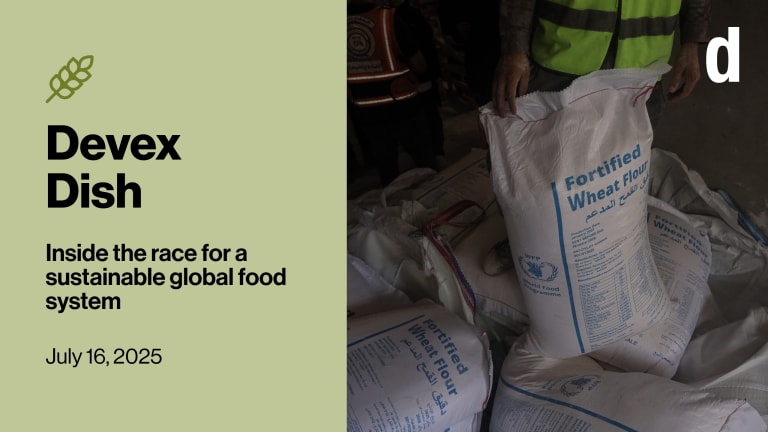
The future of food aid delivery will be forged this week when donors gather to hammer out details of a new agreement under the Food Aid Convention, an expert says.
The Food Aid Convention is an international treaty agreed in 1967 under which donors committed a minimum amount of food aid, which is measured in tons of ‘wheat equivalent,’ according to Jennifer Clapp, a professor in the environment and resource studies department at the University of Waterloo.
“Currently the combined commitment of donors sits at 5.4 million metric tons. There are many indications that donors will press to lower this level or at best maintain it. In the wake of the food crisis, food aid donations dropped precipitously,” Clap writes in the blog “Triple Crisis.”
This week’s meeting will also tackle possible modifications in measuring donor’s food aid commitments. Using tons of wheat equivalent may be outdated, as some claim, but “the benefit of it has been the provision of minimum amount of food for recipient countries, regardless of food price fluctuations,” Clap notes.
“If the FAC negotiators reduce their commitments and change the rules on how food aid is counted in the absence of significant changes to agricultural investment and trade practices, the global hunger situation will become much more precarious,” Clap argues.
Read more development aid news.




